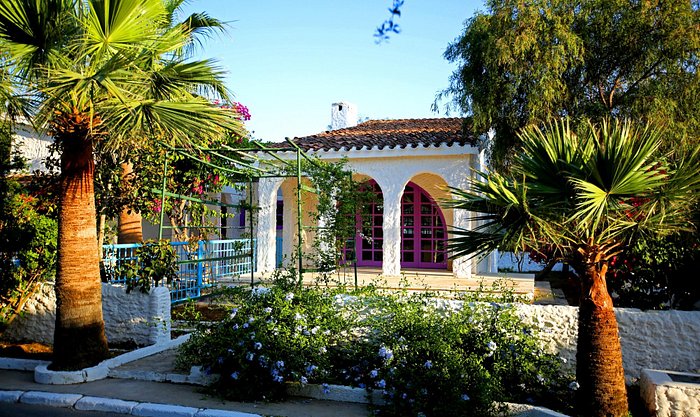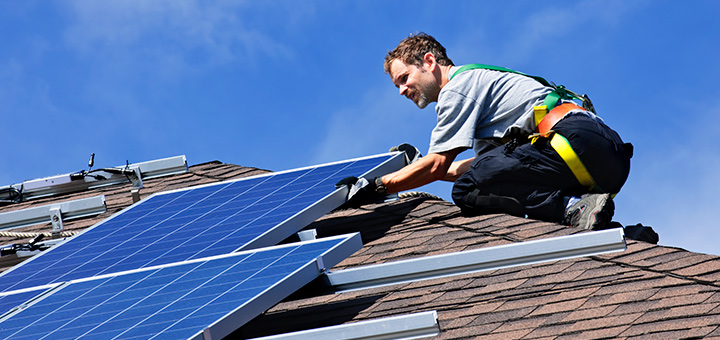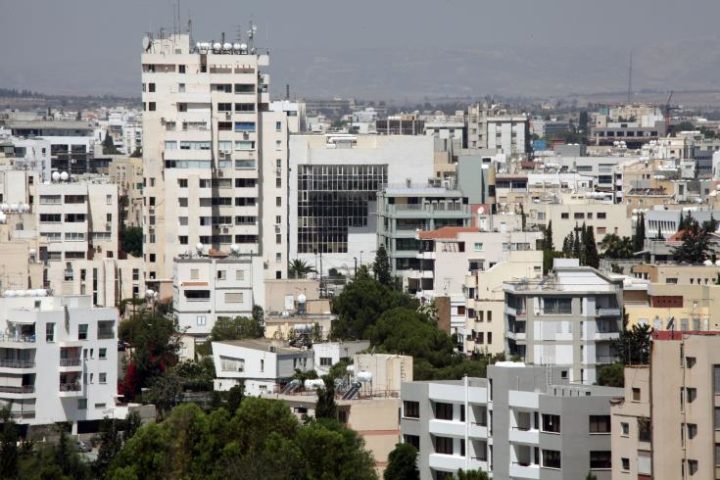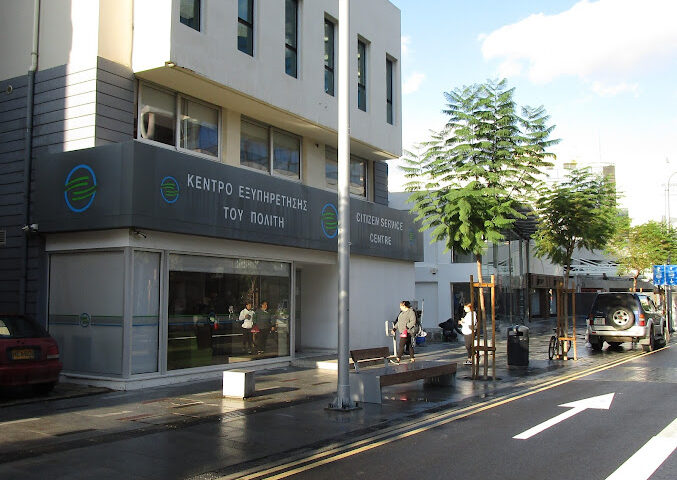Notwithstanding that approximately 40% of the surface land area in Cyprus is covered by forest, trees and bushes, our island needs to be greener, particularly with our water shortage situation.
The Ministry of Agriculture is encouraging tree planting, and a lot of publicity is given to this by community organisations and others, but it serves the purpose.
Cyprus’ sensitivity to “green” development is increasing, and this can be ascertained in private houses as well as development projects of a comprehensive nature.
Based on our experience, I can suggest several tips on tree planting, which, in addition to the environment, upgrades a property’s value and attraction in terms of increased value but also regarding the speed of sale.
- Examine the existing vegetation and try to follow the same to the extent possible since vegetation suits the local soil and weather conditions.
- The use of olive, carob trees, and cypress trees is a start. Such trees with a height of approximately 3 metres can be bought from nurseries at around €120-150/each. These trees require very little maintenance and limited water, and few leaves drop, which do not require constant wiping.
- You can also check with the Forestry Dept. that occasionally, even annually, offers saplings for free.
- Fruit trees, such as lemon, orange, and fig, are also popular, which gives the owners extra joy to see their produce grow and use the fruits for consumption and gifts to friends. They require more attention than the first category, and you must watch their branches, which may protrude over your installation (swimming pool, solar heater) or into the neighbours’ yard (who have the right to cut these protruding branches). Also, consider where to plant them, as falling fruit or leaves may be troublesome to clean.
- My favourite is the local pine (not the decorative ones), which grows at a reasonable speed, and you can also buy them at 3m height for a similar cost (€120 each). Care is required for their leaves, which require constant cleaning due to their tar content. Also, they require spraying once a year.
- Palm trees are also attractive for large yards and opt for the single-leaf ones since the wide leaves shed a lot of blossom everywhere and are rarely subject to sickness.
- For those near the beach which has increased humidity, you can opt for other types of trees, including avocado and exotic fruit, such as papaya.
- Avoid the eucalyptus trees, which have moisture-seeking roots that, in most cases, may end up in your drainage system.
- In the flower category, opt for bougainvillaea (multi-colour), the climbing rose tree, and I suggest using a limited number of flowers and grass (opt for the good quality plastic grass for small areas, say up to 150 sqm) due to the constant water requirement, sickness, and personal attention.
- For those who are young or young at heart and wish to keep themselves busy with their garden, choose 1-2 small areas of, say, 10-20 sqm to plant vegetables, such as lettuce, radish, parsley, onions, and corn (lovely on charcoal), and various varieties of pepper plants. Tomatoes and cucumbers are another option, but care is required during cold weather (use plastic covers used by greenhouses).
Returning to trees, don’t forget that they grow, and you must bear in mind your own and the neighbours’ sunlight, obstructing branches.
Do not plant trees such as pines near your house (not less than 10m) since you may create trouble by blocking your solar heater, but the music they create on windy days is most beautiful.
Check your sub-soil situation, and if rocks are underneath your trees, they may die due to water collection at the root level.
We hear all sorts of consultants regarding gardening design and so on.
Using such people may be okay for large plots, but since most of us have small plots, say 1,000 sqm or less, regarding fencing, my favourite is Tetraclinis articulate or suchlike plants.
I have recently seen pomegranate trees, which provide security if planted close to each other (2-3m), and the fruit is tasty.
For those more adventurous and having spent 2-3 weeks of training on growing vines, experiment with the production of zivania. If it is of acceptable quality, bottle it with your own label (labels cost next to nothing and the empty bottles) and send it to your friends.
I am sure I missed many other alternatives, such as apricots (beautiful when they bloom), whereas fruit trees can be used for “sweets in the jar”.
Regarding olive trees, opt for the eatable ones (the big olives) and not the small ones, which are useful for olive oil production (unless you have many); again, it is a beautiful time to spend picking olives with your family and friends.
Subject to one’s circumstances, the soil quality and water availability, Cyprus homes can be turned into a green paradise.
A friend from Crete told me, “God has given you the soil and us the rocks!!”
By Antonis Loizou FRICS – Antonis Loizou & Associates EPE – Real Estate Valuers, Property Consultants & Estate Agents










